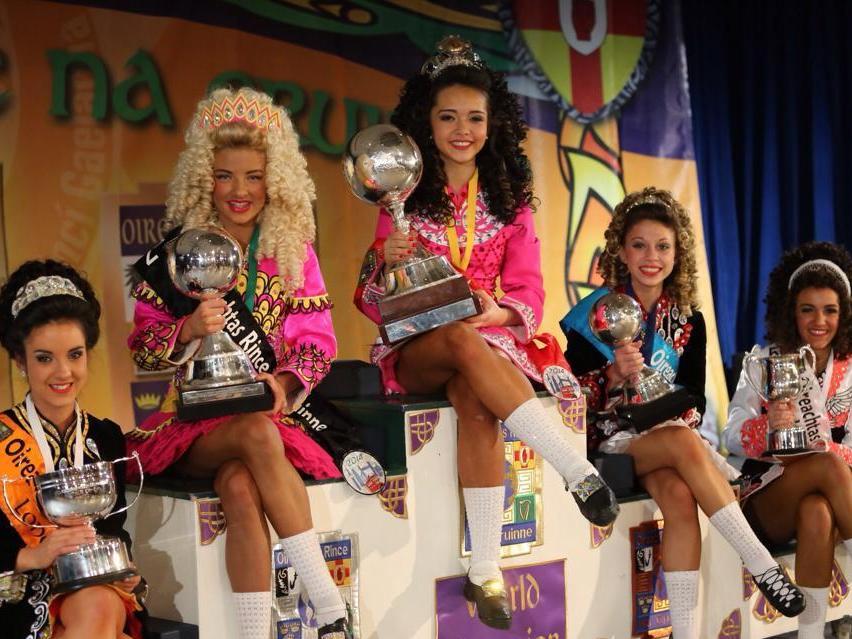Part Asian-American, All Jewish?Posted in Articles, Asian Diaspora, Identity Development/Psychology, Judaism, Media Archive, Religion, United States on 2015-02-11 23:34Z by Steven |
Part Asian-American, All Jewish?
Code Switch: Frontiers of Race, Culture and Ethnicity
National Public Radio
2015-02-10
Rachel Gross, Editor
Moment Magazine
I was five years old when my mother threatened to give me away to journalist Connie Chung.
Chung and her husband, Maury Povich, had just announced their intention to adopt a half-Chinese, half-Jewish child. At this, my mother, watching on TV in our living room, did a double take. She looked at the screen. Then she looked at me, her half-Chinese, half-Jewish, fully-misbehaving daughter. “How would you like to go live with that woman?” she said.
It was then that I had a startling realization: I was special. Not special in the way that everyone’s kids are special — I mean really special. I, with my chubby Chinese cheeks and frizzy Jewish hair, was a unique snowflake, shaped like the Star of David, dusted with matcha green tea powder.
“I’m special!” I announced. “Famous people want to adopt me!”
Mom rolled her eyes as if to say, oy vey.
Only later would I learn the truth: Not everyone was as thrilled about my heritage as I was. The problem was mainly on the Jewish side. As I grew up, announcing I was Jewish often felt “like trying to cross a border with borrowed credentials,” in Joan Didion’s words. “But you don’t look Jewish!” came the incredulous reply. Some even implied that the union that produced me was nothing less than a threat to the Jewish people — that I was what was wrong with Judaism today…
Read the entire article here.

